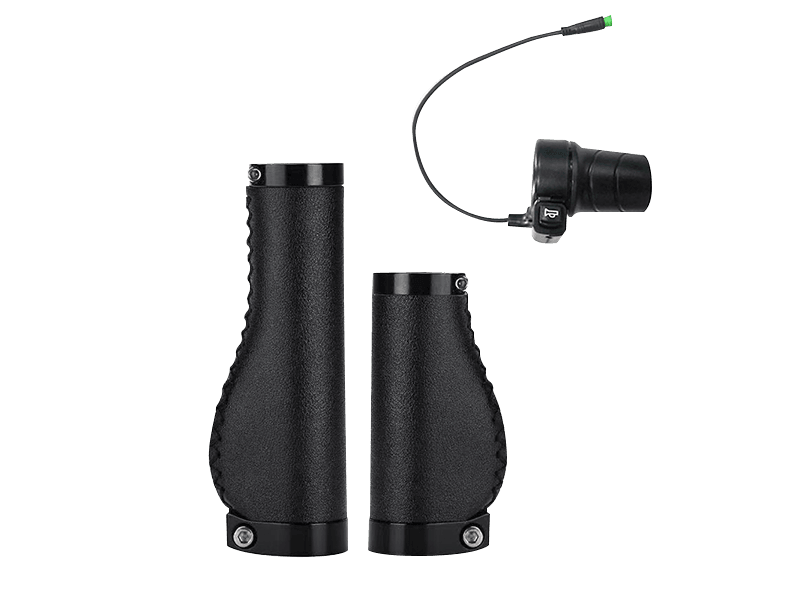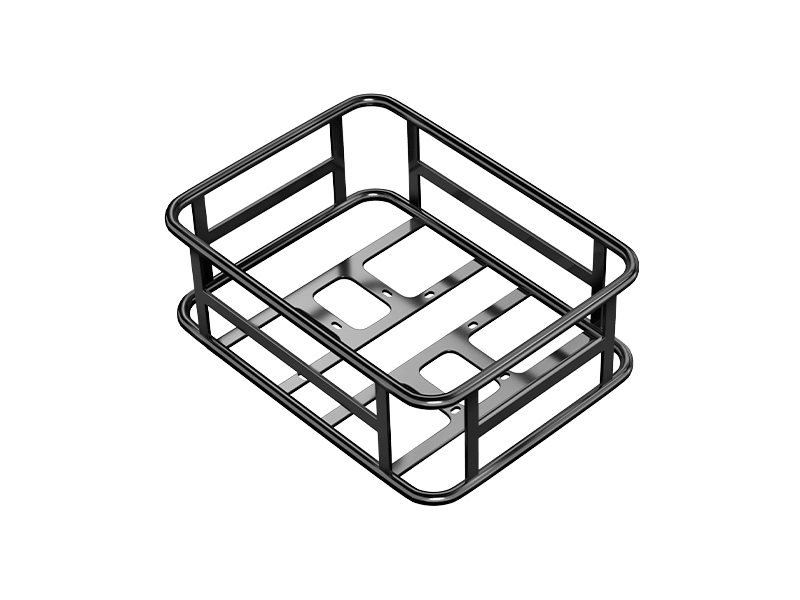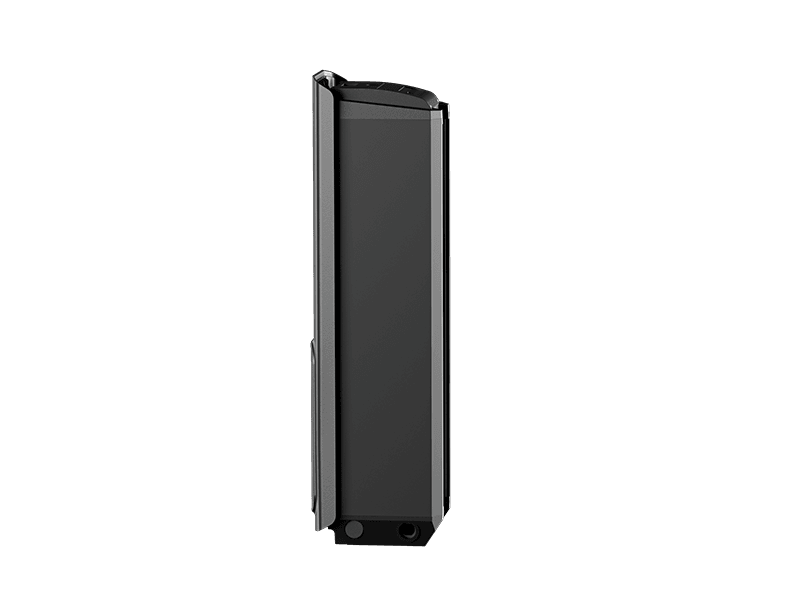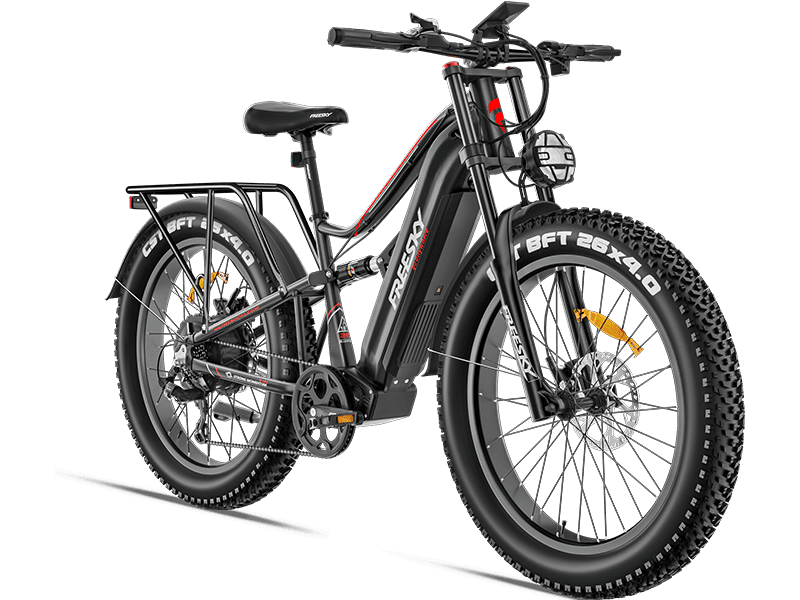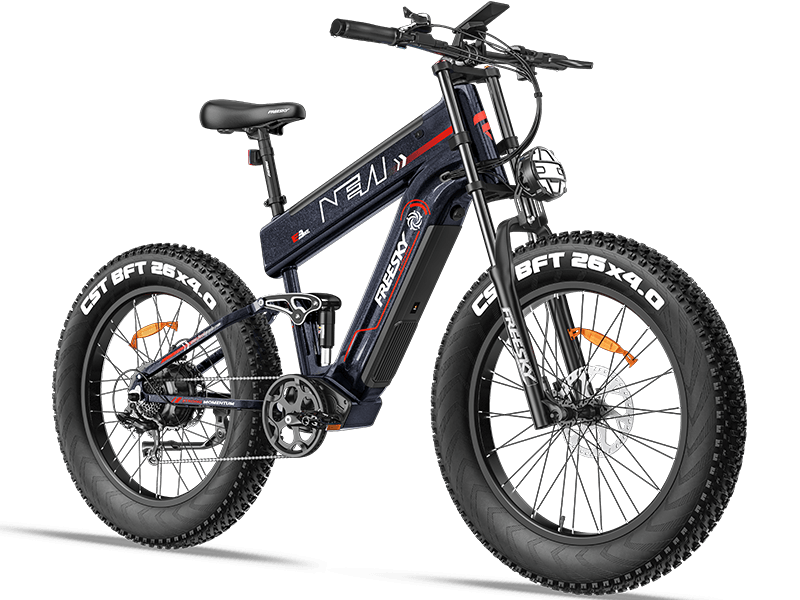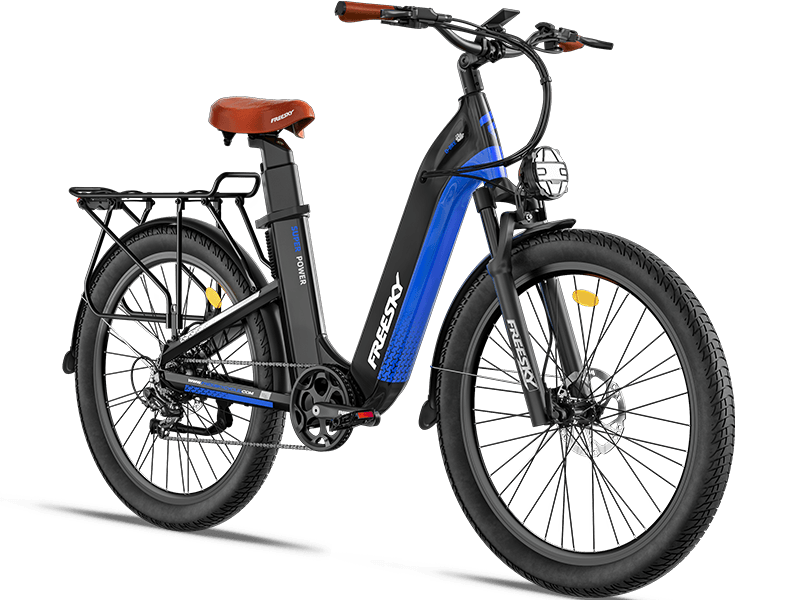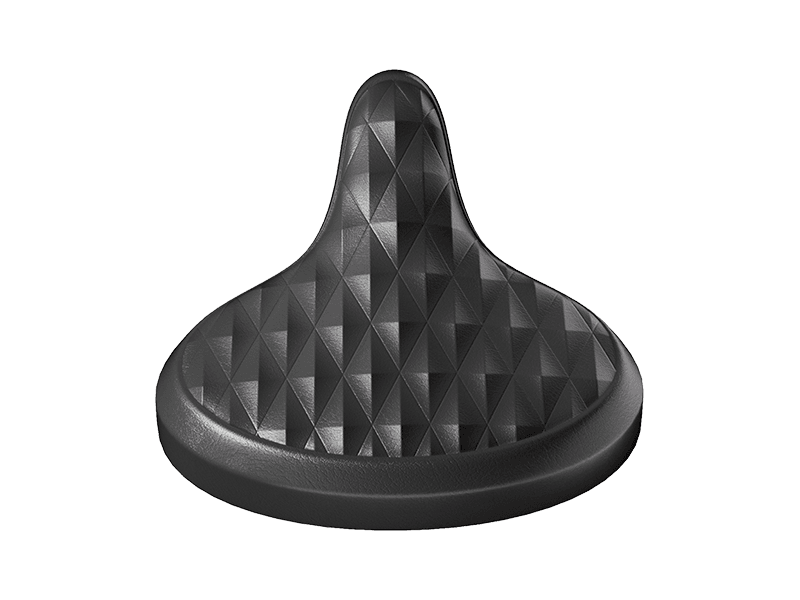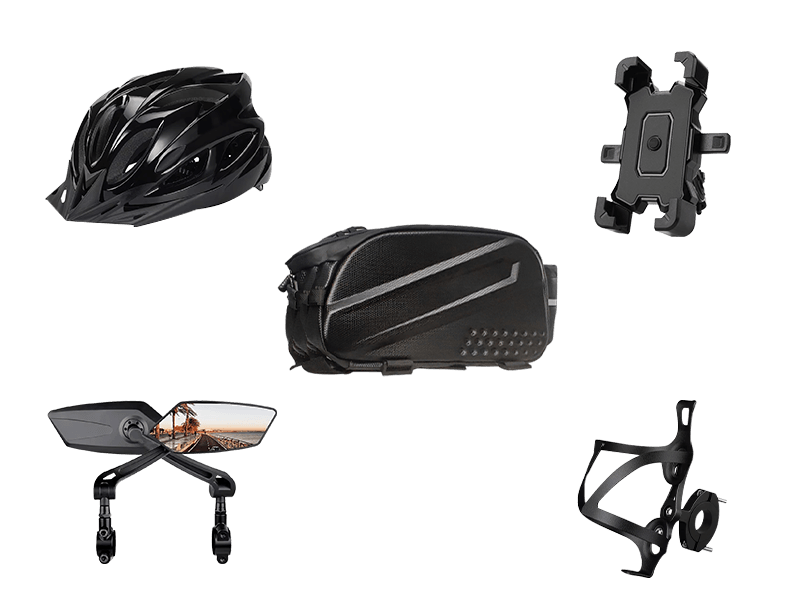Best Electric Bikes For Long-Distance Touring
SEP 15, 2025
Are electric bikes good for long-distance touring? Absolutely! Imagine setting off on an adventure with the open road ahead and the wind in your hair. Electric bikes make long-distance touring much easier by providing pedal assistance, reducing fatigue, and helping riders tackle steep hills with confidence.
The Freesky Alaska Pro M-520 is designed for adventure and endurance. Its dual 48V 41Ah batteries allow riders to cover 90–160+ miles per charge, giving you the freedom to explore without worrying about running out of power. Combined with a powerful 2500W peak motor (with customer-tested output up to 3000W), full suspension, and 26" fat tires, this e-bike handles all terrains—from city streets to rugged mountain trails.
In this guide, we’ll explore top use cases, essential features, and why the Alaska Pro M-520 is one of the best long-distance electric bikes available.
Best Electric Touring Bike: 100+ Mile Range
For riders seeking long-range e-bikes capable of day trips, weekend adventures, or commuting, the Freesky Alaska Pro M-520 is an ideal choice.
High-Capacity Dual Battery System
With two removable batteries (Total 48V 41Ah), the Alaska Pro M-520 delivers up to 160+ miles per charge, more than double the range of typical single-battery e-bikes. The advanced BMS ensures long battery life, stability, and safety over 5000+ cycles, so you can confidently embark on multi-day tours.
Powerful Motor Performance
Equipped with a 2500W official peak brushless motor, the Alaska Pro climbs steep hills effortlessly. Customer feedback indicates the motor can reach up to 3000W, allowing speeds of 40MPH+ on flat terrain. With 130Nm torque, this e-bike handles off-road trails, dirt paths, and mountain terrain with ease.
Comfort and Suspension
Long rides require comfort. The Alaska Pro features full hydraulic suspension with adjustable air shocks and 26" fat tires, absorbing bumps and impacts to minimize fatigue. Ergonomic handlebars and seating allow extended riding without discomfort.
Advanced Braking and Safety
Dual 4-piston hydraulic disc brakes provide 50% shorter stopping distance versus mechanical brakes, ensuring precise control at high speeds. Combined with UL-certified components, riders enjoy peace of mind on any adventure.
Smart Technology Integration
The LCD display and FOC sinewave controller offer five riding modes: Throttle, PAS, Cruise, Normal, and Walk Assist. These features ensure smoother acceleration, energy-efficient operation, and real-time performance tracking, giving riders ultimate control over every journey.
Long-Distance Touring Features
All-Terrain Capability
With 26" fat tires and full suspension, the Alaska Pro M-520 conquers rocky trails, sand, mud, and snow. Riders can tackle any terrain confidently.
High Payload Capacity
The robust frame supports riders and gear up to 400 lbs, perfect for camping equipment or extended touring essentials.
Durable Frame Design
Built with 6061 aluminum alloy, the frame is 20% lighter yet twice as strong as comparable e-bikes, making handling easier while ensuring durability on long rides.
Versatile Riding Options
Whether navigating city streets, rugged trails, or mountainous regions, the Alaska Pro M-520 offers unmatched adaptability. The multiple riding modes let riders customize the e-bike for efficiency, speed, or comfort depending on terrain.
Necessary Considerations for Long-Distance Touring
Battery Management
Always ensure both batteries are fully charged before long rides and avoid deep discharge.
Tire Pressure
Check tire pressure before every ride; proper inflation improves traction and efficiency.
Brake Inspection
Test hydraulic brakes for optimal stopping power, especially when carrying heavy loads or riding downhill.
Chain and Gear Maintenance
Regular lubrication and adjustment extend the lifespan of the drivetrain and ensure smooth performance.
Conclusion
The Freesky Alaska Pro M-520 is more than just an electric bike—it’s a long-range adventure machine. With dual high-capacity batteries, a high-torque motor, full suspension, fat tires, hydraulic brakes, and intelligent riding modes, it is ideal for urban commuting, weekend escapes, or multi-day off-road tours.
Whether you’re a daily commuter, weekend adventurer, or long-distance touring enthusiast, the Alaska Pro M-520 delivers performance, comfort, and reliability. It stands out as one of the best electric bikes for long-distance touring, providing freedom, safety, and enjoyment for every ride.


